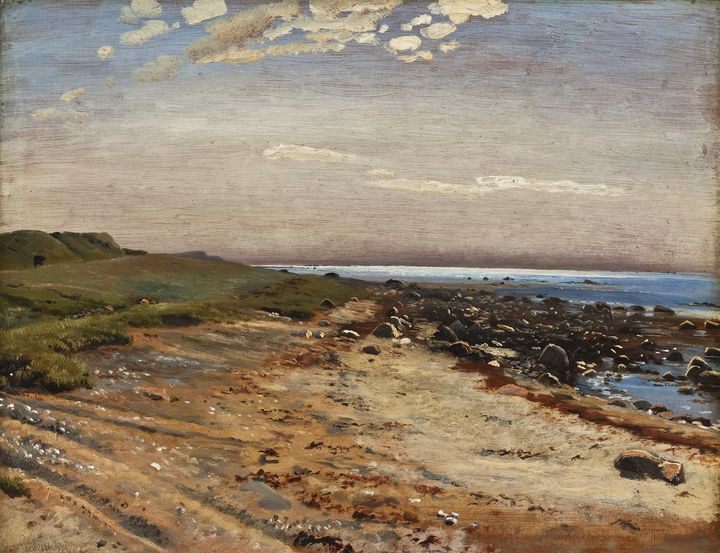Johan Thomas Lundbyes dagbøger
Introduction
Johan Thomas Lundbye (1818–1848) is undeniably one of the most celebrated and most extensively described Danish landscape painters. In posterity, his significance in the national romantic movement during the mid-19th century has taken on almost mythological dimensions, and he is regarded as one of the leading figures in the so-called Golden Age of Danish art. Our sources of insight into Lundbye’s thoughts and outlook are exceptionally rich, as he was probably one of the most prolific writers among the Danish artists of the era.
From 1842 to his death in 1848, Lundbye kept a personal journal, not as a way of memorializing mundane everyday events but rather to gather his reflections on the artist’s place in the world and on topics such as faith, destiny, art and love. His entries are as widely varying in style and content as they are in length and frequency. At times, Lundbye’s journal entries take the form of personal, ethical and philosophical reflections on his relationships with other people. At times, they address his own role as an artist and his view of the audience, authorities and what it means to be Danish. Finally, the journals from Lundbye’s travels abroad in 1845–46 take the form of a travelogue, a genre that he knew well from countless contemporary publications.
All in all, Lundbye’s journals are an important source of knowledge about Danish art history that is now published in its entirety for the first time.
Jesper Svenningsen, 2016
